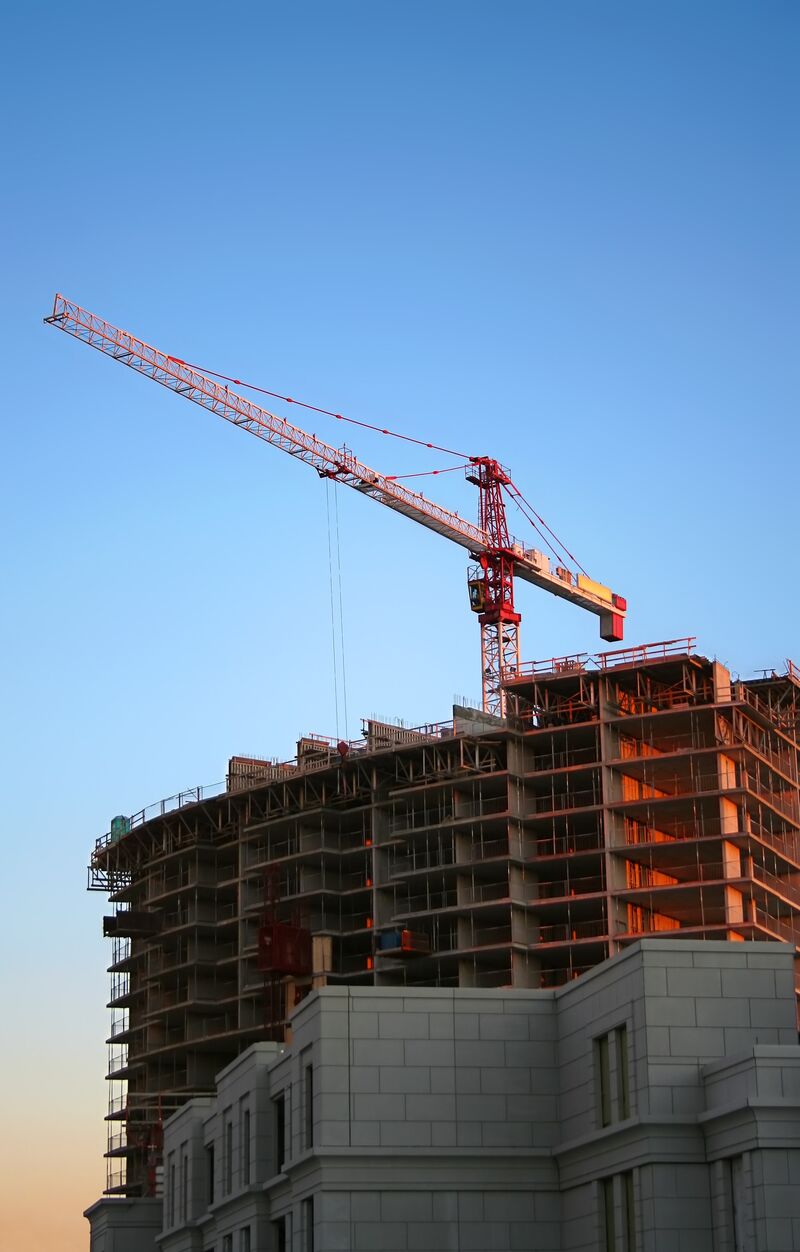
Vizzini: “Inconceivable!”
Inigo Montoya: “You keep using that word. I do not think it means what you think it means.”
- The Princess Bride
I want to clarify the meaning of some specific terms in the ADA that I do not believe are fully understood: “Structural Impracticability” and “Technical Infeasibility.” These are possible exceptions for full compliance that exist in the ADA regulations. In this post I won’t go into Program Access or Barrier Removal, which I have written about in the past. Today I want to address new construction and alterations to existing facilities, and how structural impracticability and technical infeasibility should be understood.
These terms are useful for architects, designers, and ADA Coordinators to understand since they have decision making responsibilities. These concepts are important for people with disabilities to understand, too. Sometimes full compliance can’t be achieved. A lot of people understand ADA access as “everything needs to be accessible” or that some facilities are completely exempt from access, both of which are not necessarily true. Albert Einstein said it best when he said, “Everything should be made as simple as possible, but not simpler.” In other words, it depends.
“Full compliance with the requirements of this section is not required where a public entity can demonstrate that it is structurally impracticable to meet the requirements. Full compliance will be considered structurally impracticable only in those rare circumstances when the unique characteristics of terrain prevent the incorporation of accessibility features.” (From 28 CFR 35.151 New construction and alterations (a)(2) Exception for structural impracticability.)
“Structural Impracticability” basically means that the aspects of terrain make full compliance with the ADA Standards virtually impossible. This exception only applies to new construction. I cited the Title II regulations, but this passage applies to Title III facilities as well. It’s a pretty rare circumstance, but it can happen. In Colorado, we have communities located in the canyon the Colorado River has carved out which can make full compliance with some aspects of the Standards complicated. Land available for development is not readily available, so land developers often settle for less-than-ideal conditions to build upon. An example is an employee-housing program located in this area. Between canyon walls, the river, and construction on top of rock, fully complying with the dispersion of accessible employee housing in a new construction project may be virtually impossible to accomplish.
“Any alteration to a place of public accommodation or a commercial facility, after January 26, 1992, shall be made so as to ensure that, to the maximum extent feasible, the altered portions of the facility are readily accessible to and usable by individuals with disabilities, including individuals who use wheelchairs.” (From 28 CFR 36.402 Alterations (a)(c) To the maximum extent feasible.)
This passage speaks to technical infeasibility and the intent also applies to public facilities. When a facility was designed and constructed without access in mind, it may not be possible to bring the facility into compliance with current access standards. A given space might not be large enough to accommodate a compliant ramp. It might not be feasible to install a 1st floor restroom in some existing floor plans. Recently, an ADA Coordinator called our office to see if a toilet’s center line being too far from the sidewall could be considered technically infeasible to make accessible. This was in a historic facility and there is an exception that covers that. However, the restroom itself isn’t historically significant. It might be infeasible to move the old plumbing underneath the fixture, but it would be relatively easy to fill out the side wall and solve the problem that way.
The obligation is to provide access to the fullest extent that is possible. In other words, you do the best you can. Access should be provided to the extent that is not impracticable/infeasible. That’s why restrooms located on inaccessible 2nd stories are still required to have an accessible restroom. People with disabilities who can walk still benefit from accessible features.
What impracticability and infeasibility do not mean is expensive. That is to say, expense is not a reason to deviate from access requirements in planned alterations and new construction. Some argue that the ADA is an unfunded mandate, but the counter argument is that it is a civil rights law. The original builder excluded people with disabilities from the onset. The expense associated with including people can equally be thought of as an investment into the future of our community. Buildings in general are expensive, but no one uses that as a reason not to have them. Our societal way of thinking is still developing. No one believes the cost of having indoor plumbing is unnecessary. I hope one day access to a building is thought of the same way, unquestionable to incorporate.
So, what does a person with a disability do knowing that some buildings might have these exceptions? For some access barriers, you can’t tell only from observation if these apply or not. The best thing to do is to have a conversation with the business owner or local government agency, specifically the ADA Coordinator. It’s very likely that in these situations, the barrier was not considered in the first place. Willingness to have an open conversation is generally an effective pathway to creating change. “Attacking” the entity for non-compliance is cause for defensiveness.
I like to think that a lot of people are well intentioned and will do the right thing if they learn about it. Some won’t. There are ways to achieve compliance for these types of people but understand that the ADA relies on voluntary compliance more than anything. Start with an open-minded conversation. This approach can promote empathy and in turn, voluntary compliance with the ADA which is the end goal for everyone.